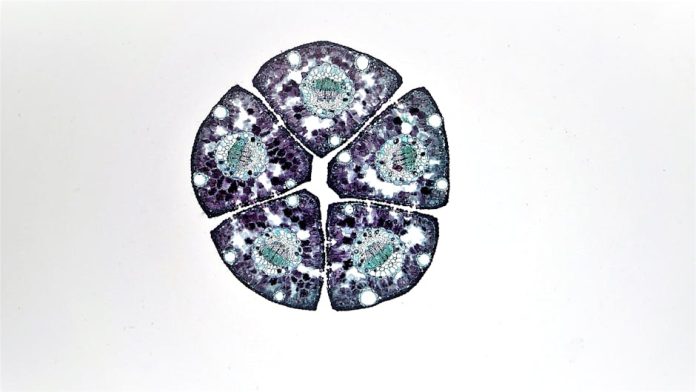
The quest for extending healthy lifespan has captivated scientists for decades. Now, a groundbreaking new technology promises to revolutionize how we study and potentially treat aging: a fast, label-free method for identifying and targeting senescent cells – the so-called ‘zombie cells’ that contribute significantly to age-related decline.
Traditional methods for identifying senescent cells are often slow, expensive, and rely on complex labeling techniques. This new approach utilizes [Insert specific technology name here, e.g., electrical impedance spectroscopy or a similar cutting-edge method] to detect subtle changes in the cellular environment caused by senescence. These changes are indicative of the aging process and can be measured quickly and efficiently without the need for fluorescent markers or other labeling agents.
The implications of this breakthrough are vast. Imagine:
- Faster drug discovery: Researchers can screen potential senolytics (drugs that eliminate senescent cells) much more rapidly, accelerating the development of treatments for age-related diseases.
- Personalized medicine: The ability to quickly assess the senescent cell burden in individual patients could pave the way for personalized anti-aging therapies tailored to specific needs.
- Improved understanding of aging: The label-free nature of the test provides a clearer, unbiased view of cellular senescence, leading to a more nuanced understanding of the aging process itself.
While still in its early stages, this technology represents a significant leap forward in geroscience. The potential to rapidly identify and target senescent cells opens up exciting possibilities for tackling age-related diseases and extending healthy lifespans. Further research is crucial, but the initial findings are incredibly promising.
What are the next steps? Scientists are currently focused on refining the technology, validating its accuracy in diverse cell types, and investigating its potential clinical applications. The development of robust, high-throughput screening platforms based on this technology is also a key priority.
This label-free approach to identifying aging cells is not merely an incremental improvement; it’s a paradigm shift. It has the power to significantly accelerate aging research and ultimately, improve human health and longevity.

